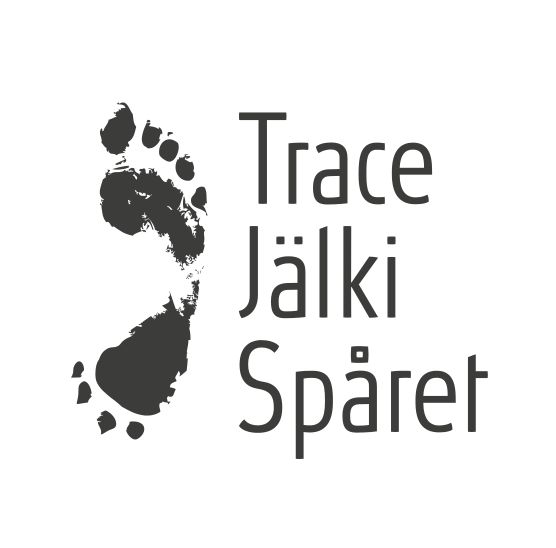From pest to pet. Liminality, domestication and animal agency in the killing of rats and cats
Nyckelord:
animal death, liminality, domestication, Sweden, FinlandAbstract
The ways in which the end of life of an animal is understood and undertaken depend on the category of the animal and its position in relation to humans. In this paper, we explore how transformations in human–animal relationality, including practices and cultural conceptions about animals become apparent in the norms and practices regarding the killing of animals. We focus here on rats and cats, species whose position in society has always been liminal, especially between the category of pet and that of pest but also between wild and domesticated. Rats and cats have co-existed with each other and with humans since a very long time and the three species have co-evolved in a constant dance of mutual interests and conflicts. The shared history of this multispecies network reflects in many ways how humans have related to animals in different historical and spatial contexts and how these relations have transformed. By discussing the entanglement of rats, cats and humans in the close connection between caring and killing we wish to highlight the ways in which human–animal relations are manifested in the North of Europe during the 20th century. The specific context of the study is Sweden and Finland, countries that share similar history and cultural characteristics. In our analysis we draw from various data collected in both countries, including written narratives from an nationwide writing collection and historic documents such as the journals of animal welfare societies and documents concerning the extermination of rats.

Publicerad
Referera så här
Copyright (c) 2020 Nora Schuurman & Karin Dirke

Det här verket är licensierat under en Creative Commons Erkännande 4.0 Internationell-licens.





